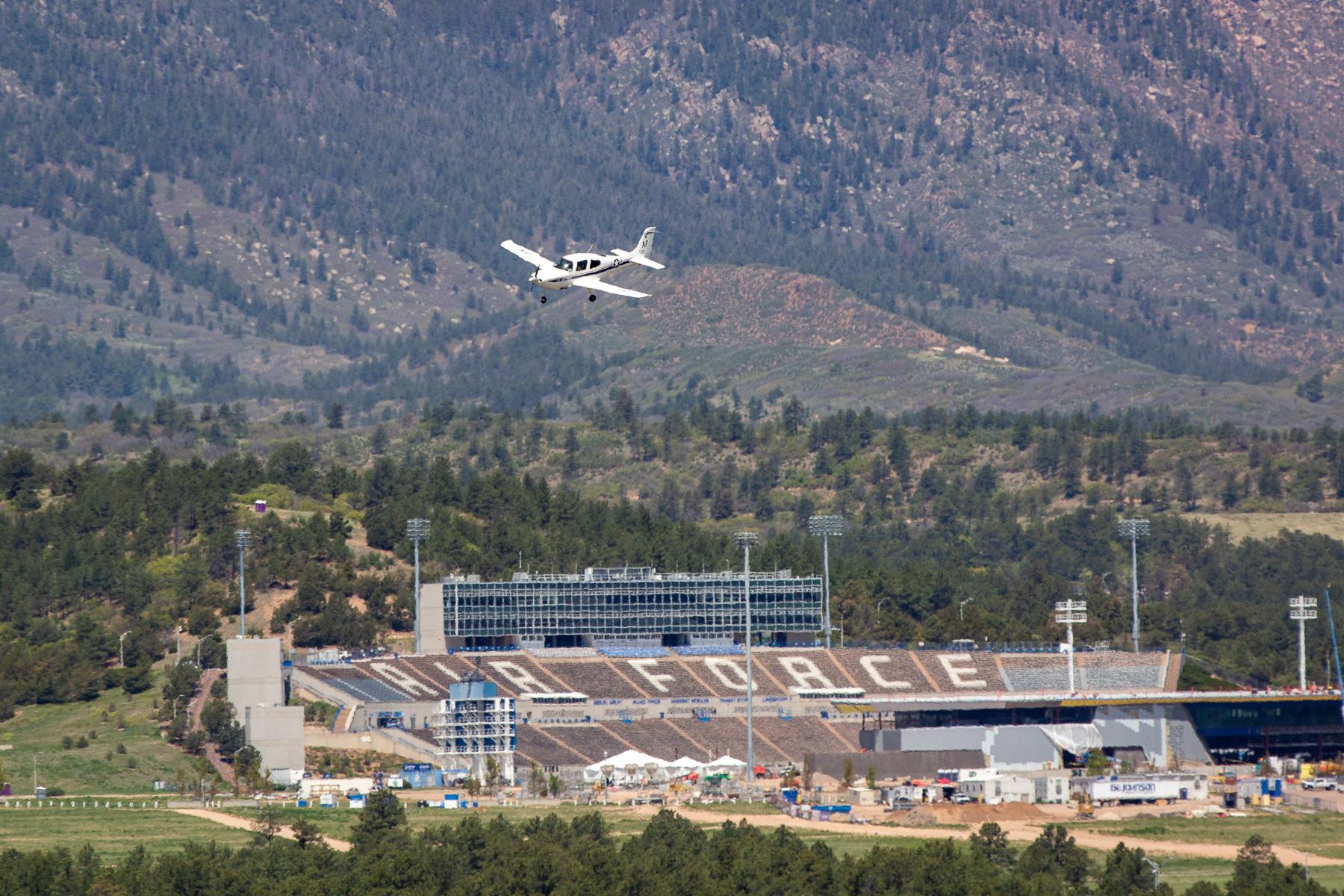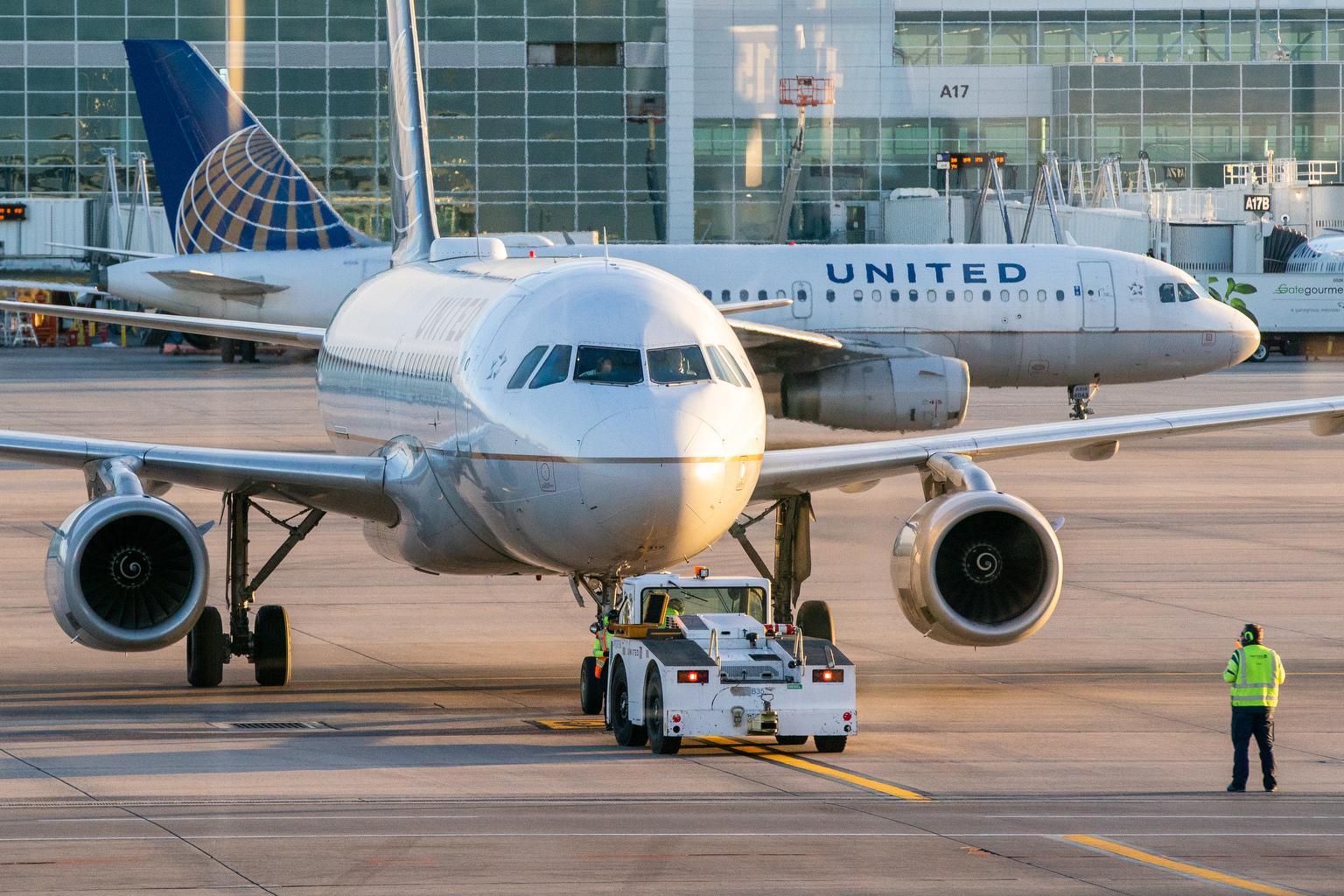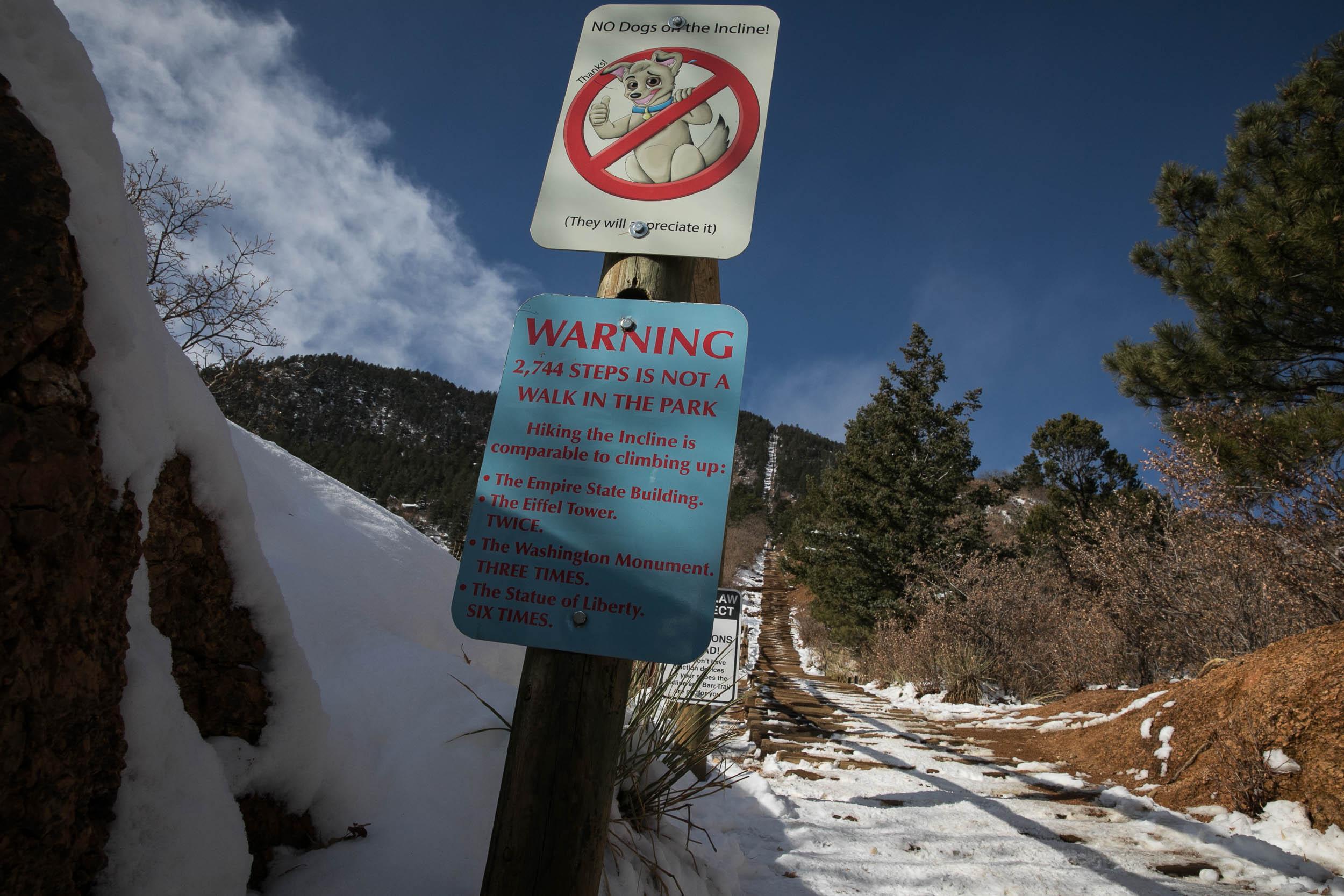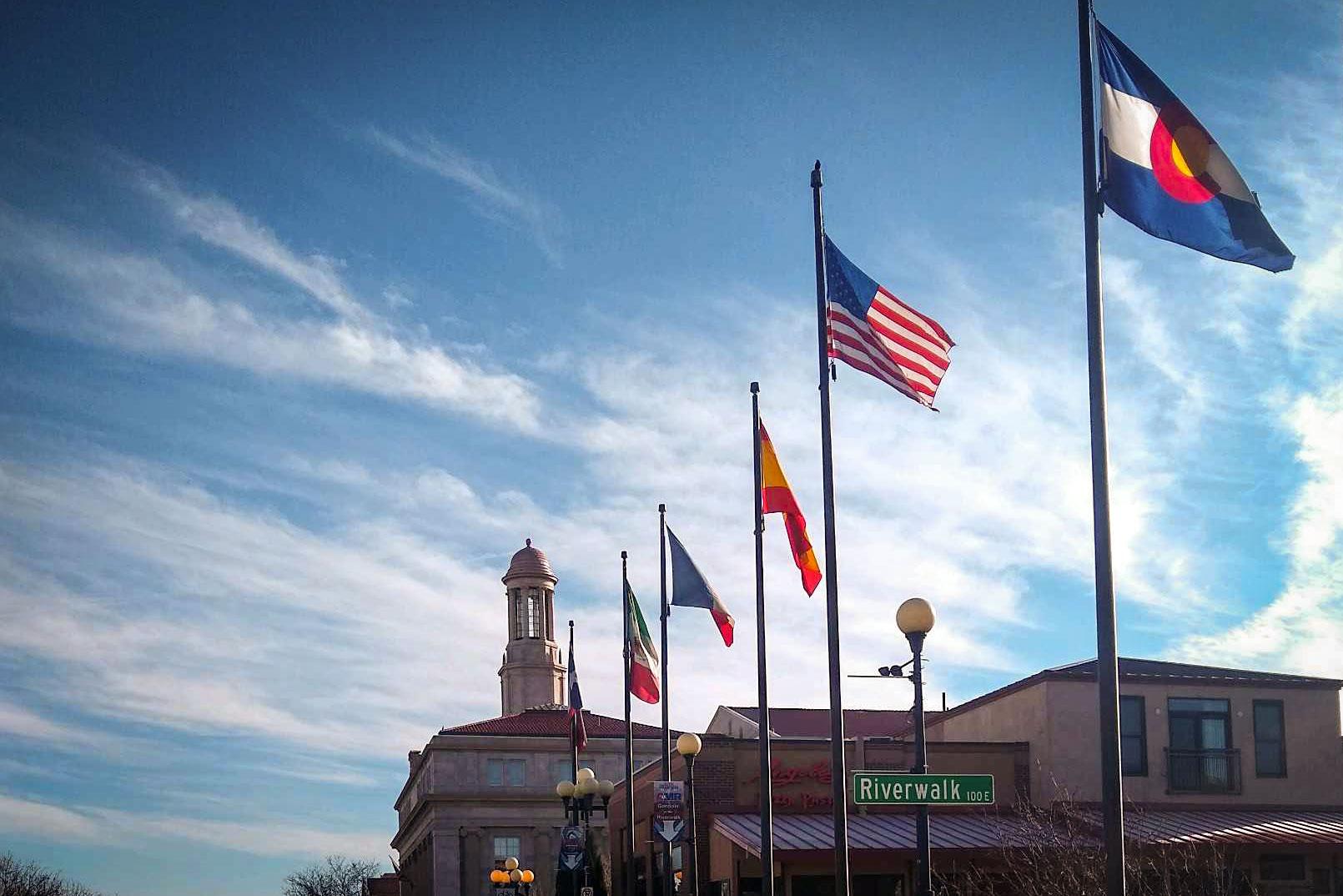
The narrow domed tower of Pueblo City Hall rises above the shops and eateries on historic Union Avenue and the nearby Arkansas Riverwalk. Inside the imposing century-old building, the official city seal presides above the council chambers, embedded in the ceiling. Tilt your head back and you can't miss its main feature: five flags.
The reason is simple: “the land where Pueblo is has been controlled by five different nations over the course of its history,” said Colorado State University-Pueblo history professor Jonathan Rees.
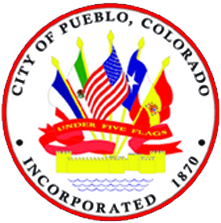
Of course, long before any of those flags were planted, the first people here weren’t in the business of owning land. Nomadic Native American tribes crisscrossed the area with the seasons.
Eventually, European explorers made it to the American West and colonial powers began to lay claim to this region, trading it back and forth several times. The full history is a tangled mess of jumbled borders, complicated treaties and disputed claims, but here's the Cliffs Notes version:
It starts in the early 1800s when "France 'owned,' I say this with a finger quotation marks, owned this area," Rees explained. That’s why the leftmost flag on Pueblo’s city seal is the blue, white and red of the French tricolour.
In 1803, everything to the north of the Arkansas River became U.S. territory under the Louisiana Purchase, the massive deal that saw France sell off a huge swath of the continent for a mere three cents an acre. The present-day city straddles the border of that epic real estate deal.
At that time the land south of the Arkansas was still Spanish territory. So Spain’s yellow and red standard flies across from France's on Pueblo’s seal. Then in 1821, Mexico won its independence from Spain, with all that land included, which explains the green, white and red Mexican flag on the seal.
Now to perhaps the most surprising entry in that row of banners: the Lone Star flag. What does it have to do with this southern Colorado city? It turns out that in 1836 the Republic of Texas claimed this area and a lot more of what’s now the southwestern U.S.
A few years later the Mexican Army rebuffed a Texan military invasion, ensuring the south bank of the river remained Mexico’s northern border, at least for a little while longer. But that paper claim was still enough to earn Texas a spot on the city seal.
Then comes the Mexican-American War in the 1840s, and the final handover.
“After the war with Mexico is over the United States buys a large chunk of the American Southwest from Mexico," explained Rees, although 'buys' should have some air quotes here too; under the treaty of Guadalupe Hidalgo, the U.S. paid $15 million for nearly all of Mexico's territory north of its current border."So it looks voluntary, but really, it's the result of that military victory.”
That 1848 treaty paved the way for both sides of the Arkansas River to finally unite under one flag, the star-spangled banner of the United States of America, 22 years before the city itself incorporated, providing the fifth, and final flag on the Pueblo seal.
Pueblo celebrates 150 years in March. In honor of that anniversary, CPR News will highlight aspects of the city's unique history.



